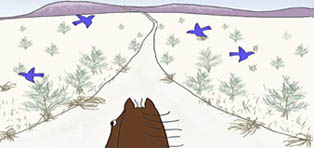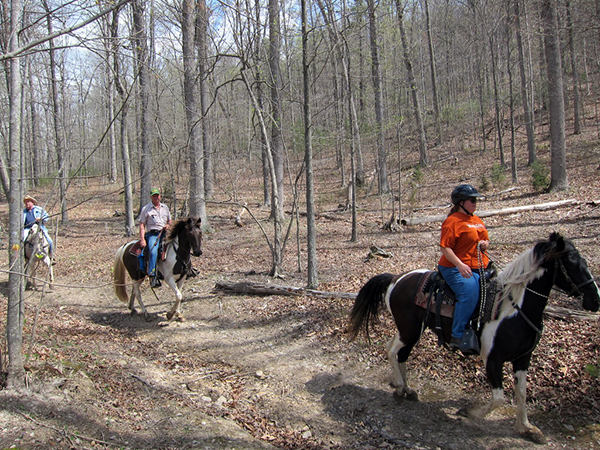 Americantrails.org
Americantrails.orgThe 67-mile designated National Recreation Trail spans the Santa Monica Mountains, an east-west trending mountain range that bifurcates Los Angeles and tumbles down to the Pacific Ocean.
By Melanie Beck National Park Service
With just two days to go before the Backbone Trail grand opening event, National Park Service staff at Santa Monica Mountains National Recreation Area were anxious. Finishing up the last acquisitions for the trail and getting the final section built in time for the June 4th celebration had kept park staff fighting against time all year.
What a delight it would be to be able to announce the National Recreation Trail designation! Then, Superintendent David Szymanski got the good word: An email popped up from Helen Scully, National Recreation Trails Coordinator at National Park Service, announcing: “Congrats on your new NRT! The Backbone Trail was signed off today.”
In that moment, a long-held vision to have the Backbone Trail as a National Recreation Trail became reality. Staff exhaled a sigh of relief and then whooped for joy. The 50-year effort could be summed up as “The simple act of walking on a trail is anything but simple to create.”
With some 180 parcels to acquire on the direct alignment, many more for viewshed, and miles of trail to build, nothing short of a harmonic convergence among citizens, park agencies, and legislators created what we have today.
The 67-mile trail spans the Santa Monica Mountains, an east-west trending transverse mountain range that bifurcates Los Angeles and tumbles down to the Pacific Ocean. You only have to go a short distance from the coast, though, before the Mediterranean-type climate can get hot...
Read more here:
http://www.americantrails.org/nationalrecreationtrails/trailNRT/Backbone-Trail-Santa-Monica-Mountains-NRT-CA.html


